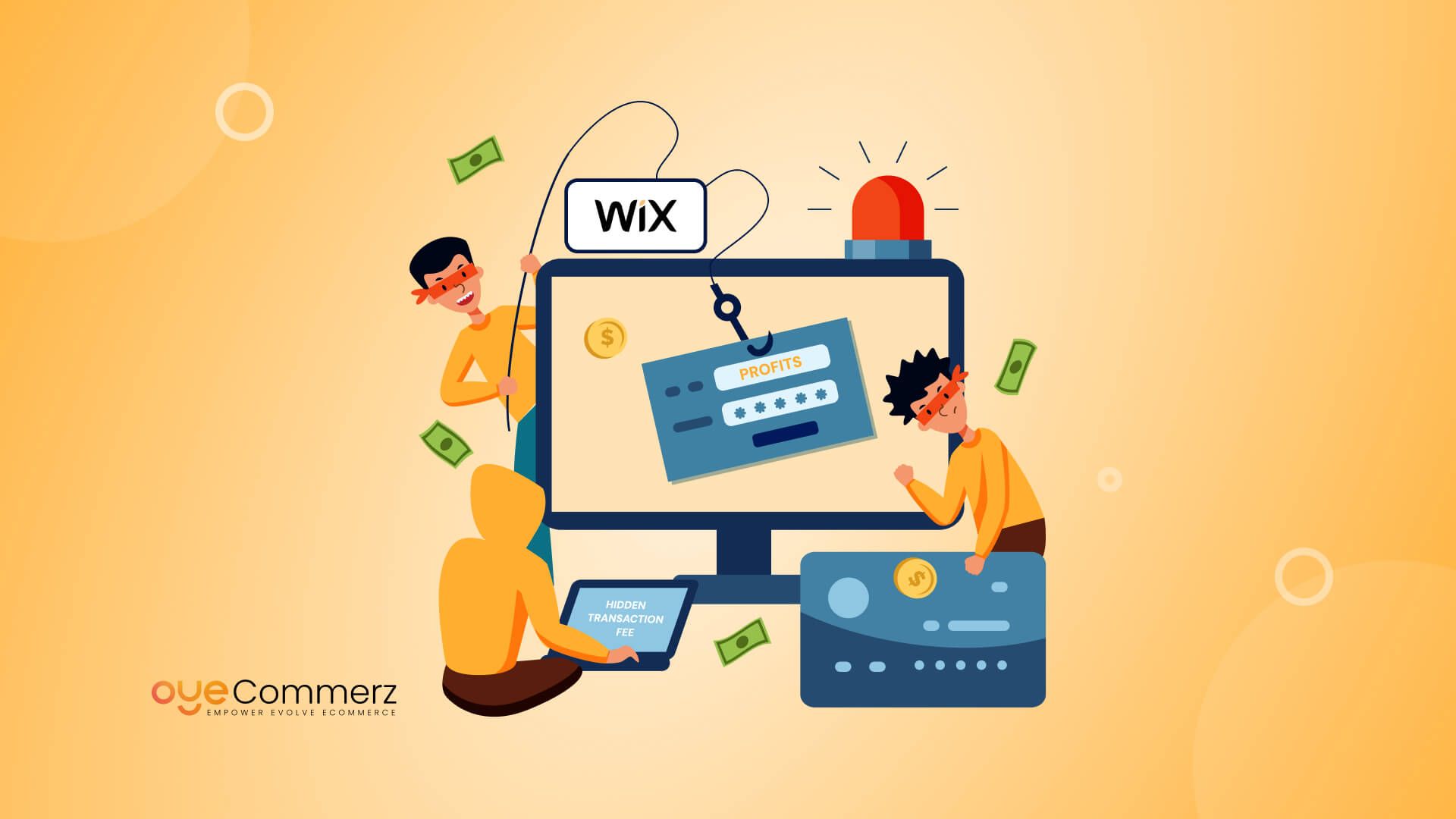In today's digital environment, selecting the right e-commerce solution is crucial for enterprise success. If you are currently utilizing Wix but are considering a move to Shopify, you are in good company. Many companies are migrating to Shopify to leverage its robust capabilities, scalability, and specialized e-commerce tools. This article will walk you through the transition process, ensuring a smooth transition and setting you up for e-commerce achievement.
Why Migrate from Wix to Shopify?
Before exploring the migration process, it's important to understand why Shopify could be a superior fit for your e-commerce needs:
- Specialization: Unlike Wix, which serves various use cases, Shopify is designed specifically for e-commerce, offering advanced tools and functionalities tailored for digital commerce.
- Growth Potential: As your business expands, Shopify can easily handle higher traffic and transactions volume without compromising efficiency.
- Extensive App Library: Shopify provides a vast collection of apps that can boost your store's functionality, from advertising solutions to inventory management solutions.
- Search Engine Optimization: Shopify provides superior SEO tools, which can help improving your store’s presence on search engines.
- Payment Options: With multiple payment gateways available, including Shopify Payments, you can provide shoppers a variety of options.
Getting Ready for Migration
To ensure a trouble-free migration from Wix to Shopify, follow these preparation guidelines:
1. Backup Your Data
Export all your information from Wix, including item information, customer information, and order history. This step is vital as it guarantees you have a copy of everything before starting the transfer.
2. Select a Pricing Option
Evaluate the various Shopify plans available and select one that best suits your company’s needs. Take into account factors such as costs, features included, and growth potential.
3. Set Up Your Shopify Account
Register your Shopify profile and explore the platform’s interface and features.
The Migration Process
Now that you are ready, it’s time to migrate your store from Wix to Shopify. Here’s how:
1. Import Products
Utilize Shopify's 301 redirects integrated import tool or external migration apps like Cart2Cart or LitExtension to move your items from Wix to Shopify.
Make sure that product descriptions, pictures, costs, and options are accurately transferred.
2. Migrate Client Information
Import customer information such as names and contact info into your new Shopify store. This step is critical for retaining client connections and advertising strategies.
3. Configure Transactions
Configure transaction methods in your Shopify store to ensure smooth transactions. You can choose from multiple platforms like credit cards, PayPal, and more.
4. Customize Your Store Design
Select a design that reflects your brand identity. Customize it using Shopify's design tools to create an appealing and user-friendly store layout.
5. SEO Optimization
Implement SEO best practices during the transition process:
- Set up 301 redirects from old Wix URLs to new Shopify URLs.
- Enhance product titles, details, and images with relevant keywords.
- Update meta tags and alt texts for better search engine visibility.
Post-Migration Steps
Once your store is live on Shopify, consider these follow-up steps:
1. Test Your Backup information Store
Perform comprehensive testing of your new store:
- Verify item listings for correctness.
- Test transaction methods.
- Make sure all hyperlinks work correctly.
2. Promote Your Store
Broadcast your new store launch through email newsletters and social platforms.
Think about running special offers or discounts to draw shoppers.
3. Track Your Progress
Use analytics tools within Shopify to track revenue growth and user activity.
Adjust your strategies based on data insights.
Conclusion
Migrating from Wix to Shopify can significantly improve your e-commerce potential and lay the foundation for growth and success. By following this manual and taking a step-by-step approach to the migration process, you can ensure a seamless move that reduces downtime and boosts opportunities for revenue. Embrace the change and watch your online store thrive on its new platform!
